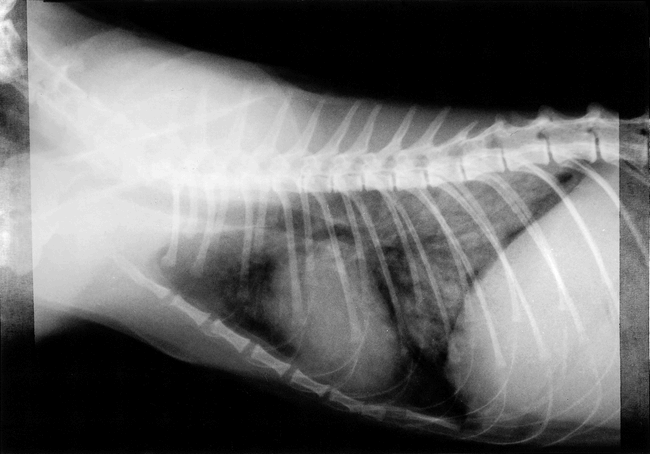Respiratory
High Altitude Changes
Pallas cats have another more specific adaptation. Their breathing. In order to survive in the cold, high plains and mountains of Asia. Pallas cats are used to surviving in the thinner and drier atmosphere of up to 4800 meters.
One benefit the Pallas cat species gets from living so high is that they are less vulnerable to certain bacteria and infections that other wildcats can be infected with. The vast difference in air pressures and temperatures doesn't allow for survival of certain bacteria as it does in lower altitudes. This allows them to survive better in natural habitat than in zoos where they are highly-likely to get sick.
Toxoplasmosis
An illness among Pallas cat, especially the juveniles, is Toxoplasmosis (Toxoplasma gondii) caused by a protozoan parasite. This is one of the few type of disease that a Pallas cat can contract but it is one of the most common illnesses that is exceedingly wiping out the population of the species. The sickness usually brings a high mortality rate in Pallas kittens since there is no vaccine. Toxoplasmosis is common in domesticated cats and is being spread through mice and their predators which is how pallas cats have gotten sick. The parasite affects mostly the lungs but quickly spreads throughout the body. Survival for kittens are low and according to research done by the Denver Zoo in 2001 kitten survival rate was 35.3% (Kenny, David E., et al., 2002). Sick Pallas cats can be treated with antibiotics and anti-parasitic medication (wildcatconservation.org)

